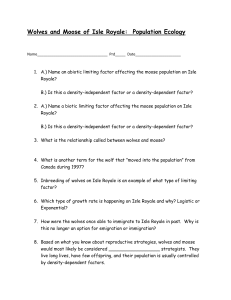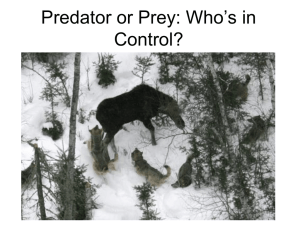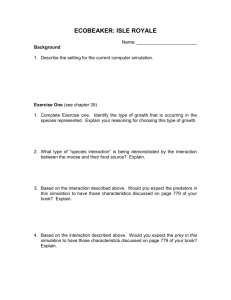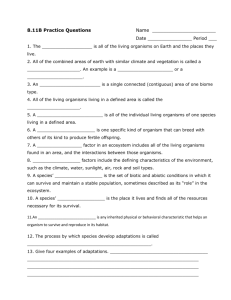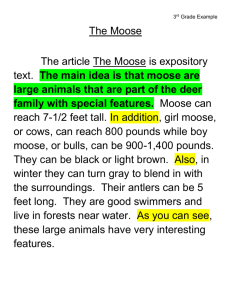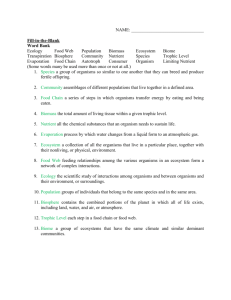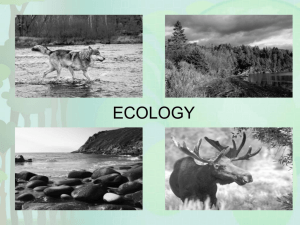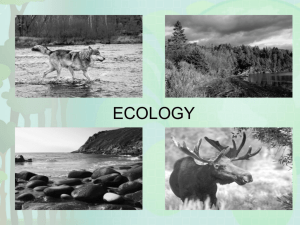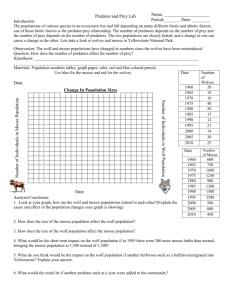Integrating Common Core in Science
advertisement
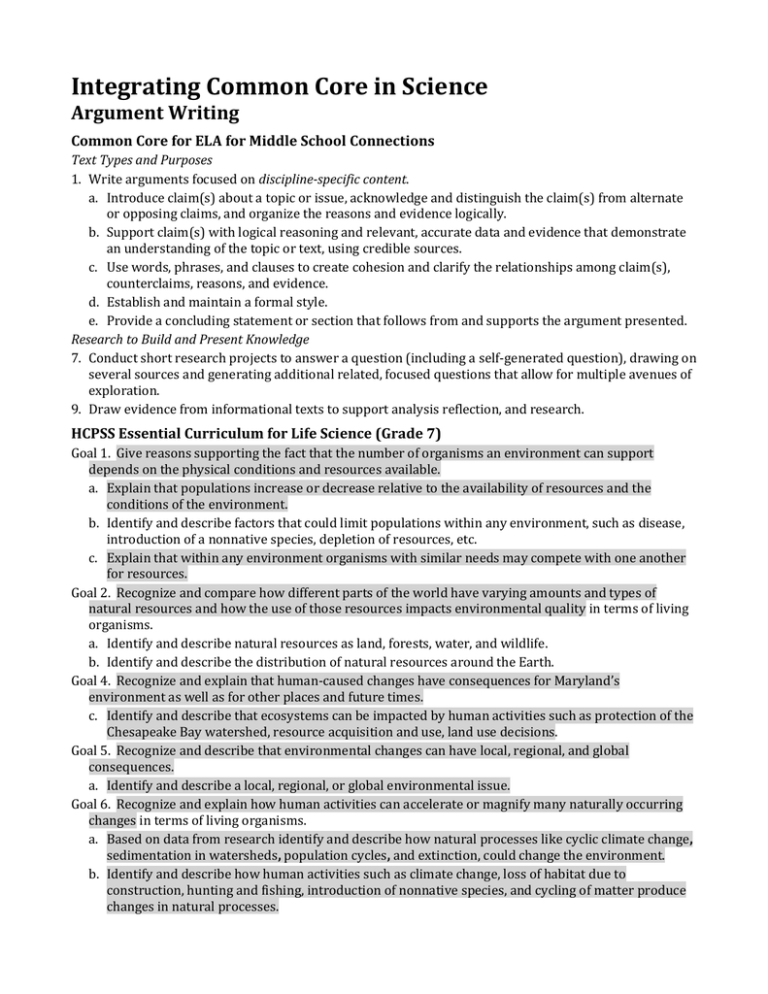
Integrating Common Core in Science Argument Writing Common Core for ELA for Middle School Connections Text Types and Purposes 1. Write arguments focused on discipline-specific content. a. Introduce claim(s) about a topic or issue, acknowledge and distinguish the claim(s) from alternate or opposing claims, and organize the reasons and evidence logically. b. Support claim(s) with logical reasoning and relevant, accurate data and evidence that demonstrate an understanding of the topic or text, using credible sources. c. Use words, phrases, and clauses to create cohesion and clarify the relationships among claim(s), counterclaims, reasons, and evidence. d. Establish and maintain a formal style. e. Provide a concluding statement or section that follows from and supports the argument presented. Research to Build and Present Knowledge 7. Conduct short research projects to answer a question (including a self-generated question), drawing on several sources and generating additional related, focused questions that allow for multiple avenues of exploration. 9. Draw evidence from informational texts to support analysis reflection, and research. HCPSS Essential Curriculum for Life Science (Grade 7) Goal 1. Give reasons supporting the fact that the number of organisms an environment can support depends on the physical conditions and resources available. a. Explain that populations increase or decrease relative to the availability of resources and the conditions of the environment. b. Identify and describe factors that could limit populations within any environment, such as disease, introduction of a nonnative species, depletion of resources, etc. c. Explain that within any environment organisms with similar needs may compete with one another for resources. Goal 2. Recognize and compare how different parts of the world have varying amounts and types of natural resources and how the use of those resources impacts environmental quality in terms of living organisms. a. Identify and describe natural resources as land, forests, water, and wildlife. b. Identify and describe the distribution of natural resources around the Earth. Goal 4. Recognize and explain that human-caused changes have consequences for Maryland’s environment as well as for other places and future times. c. Identify and describe that ecosystems can be impacted by human activities such as protection of the Chesapeake Bay watershed, resource acquisition and use, land use decisions. Goal 5. Recognize and describe that environmental changes can have local, regional, and global consequences. a. Identify and describe a local, regional, or global environmental issue. Goal 6. Recognize and explain how human activities can accelerate or magnify many naturally occurring changes in terms of living organisms. a. Based on data from research identify and describe how natural processes like cyclic climate change, sedimentation in watersheds, population cycles, and extinction, could change the environment. b. Identify and describe how human activities such as climate change, loss of habitat due to construction, hunting and fishing, introduction of nonnative species, and cycling of matter produce changes in natural processes. Engagement Students will: 1. Brainstorm what they already know about wolves and moose. 2. Examine the wolf-moose population graph. Identify information that they can get from the graph. Describe trends noticed in the graph. 3. Make a CLAIM about the relationship between the size of the moose population and that of the wolf population. Identify the EVIDENCE on which the CLAIM is based. Exploration Ecology Predator/Prey Game (Different versions exist, adapted to different grade levels and time): Structured card game in which students take on roles from different niches in an ecosystem, such as predator, top predator, herbivore, decomposer, etc. Resource cards, such as food sources, water access, and territory and event cards, such as injury, drought, and predation, are distributed. Students play through rounds of the game, tracking who survives and with what resources. 1. Play several rounds of the game, enough for individual players to fail to survive. 2. Keep track of survival statistics from each round. Then predict the results for the next several rounds. 3. After playing those rounds, compare the predictions to the actual outcomes. 4. Explain similarities and differences between their predictions and the actual results. Highlight trends in resource availability and its impact on populations. 5. Revisit the CLAIMS made about wolves and moose. Clarify the EVIDENCE on which claims were based. 6. Read the research conducted on the wolves and moose on Isle Royale (http://en.wikipedia.org/wiki/Wolves_and_moose_on_Isle_Royale is a good resource). 7. Brainstorm roles and resources in an ecosystem. Weigh these roles and resources and make a general ranking of the importance of each in survival of both an individual and a population. Explanation Using the data collected during the ENGAGEMENT and EXPLORATION phases, students participate in guided discussions to construct understanding. PowerPoint or Prezi presentations can be used along with the fishbowl or expanding panel discussion strategies. Students clarify definitions of key terms, such as niche and limiting factor. Students construct personal graphics to demonstrate food web relationships and interactions between food webs and environmental limiting factors. Extension Applying what they have learned about ecological niches and the impact of population changes on resource usage, students will: examine historical data, including catch records, uses of menhaden, general weather trends, etc. http://www.chesbay.org/articles/latest2.asp interpret data about population level and environmental factors such as salinity, turbidity, pollution. make a CLAIM about the future of Chesapeake Bay menhaden population. list EVIDENCE used to make their claim, especially those pieces previously encountered in the earlier phases of the learning cycle and identify each as strong, weak, or possibly counter. craft research questions to further explore their CLAIM, paying particular attention to resolving weak or counter EVIDENCE. Evaluation Students assume roles in “Selection Committees”. Each committee will review a set of the proposed research questions. They will evaluate each proposal for merit using a rubric developed by the class and then write an argument for why their selection should be the one funded. The argument will be evaluated for its strength as an argument and the demonstrated understanding of ecological systems.
